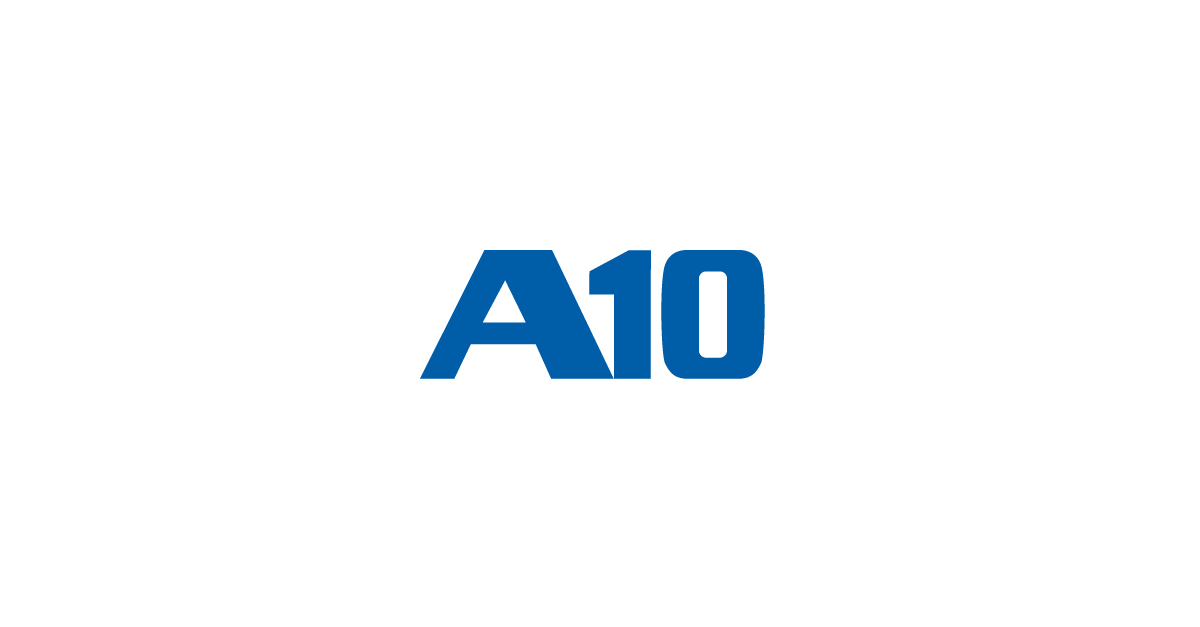As organizations seek to protect more open enterprise networks and more distributed workforces from ransomware, DDoS attacks, and other threats, Zero Trust has taken root as a foundational element of modern cybersecurity. The premise is simple: by requiring verification of every user, at every entry point—even inside the network—before granting access, companies can keep hackers out of their environment to protect sensitive data and applications. But for all the talk about Zero Trust security, how far have companies really come in making it a reality?
Recent Pulse Survey Results
A recent Pulse survey explores the current state of Zero Trust adoption across over 200 organizations, examining:
- Progress and timelines for Zero Trust implementation
- The perceived benefits of—and barriers to—Zero Trust adoption
- What’s needed to achieve Zero Trust, and whether they’re in place
The results show both strong support and momentum toward the principles of a Zero Trust cybersecurity strategy, and considerable difficulties en-route to its implementation.
Zero Trust security Strategy Objectives and Obstacles
To enforce the “trust nobody” approach at the core of Zero Trust, organizations need to be able to do four things:
- Restrict access as much as possible and limit excessive privileges
- Create network micro-segments and micro-perimeters to restrict east-west traffic and access
- Leverage analytics and automation to speed incident detection and response
- Integrate solutions across multi-vendor networks for simpler, more unified security
According to the Pulse survey, nearly two-thirds of decisions-makers are currently deploying a Zero Trust cybersecurity strategy, while a large majority of the rest plan to do so in the future. Confidence is high in the value of this approach, with nearly all respondents agreeing that Zero Trust reduces security incidents. Almost as many believe that it will also simplify their organization’s cybersecurity architecture. At the same time, adoption challenges remain, including cost, skills shortages, and technology gaps.
To explore the results of the Pulse survey in greater depth, including key drivers and business cases for Zero Trust adoption, which types of threats it should focus on, and essential tools for effective implementation.


